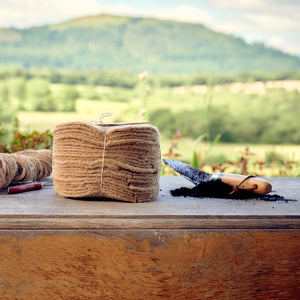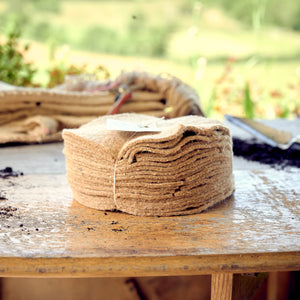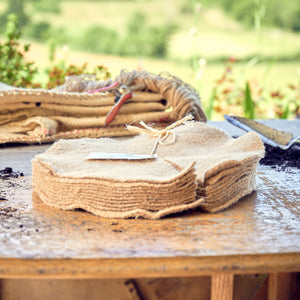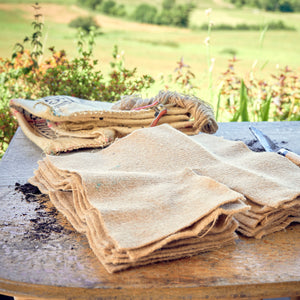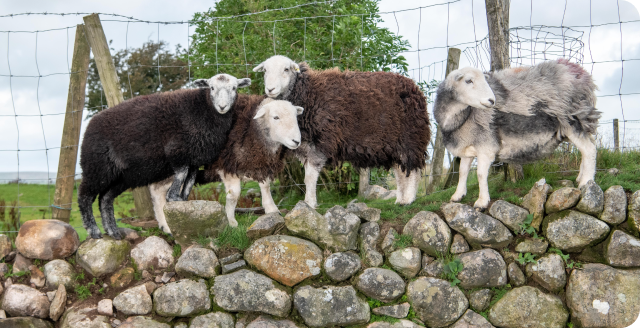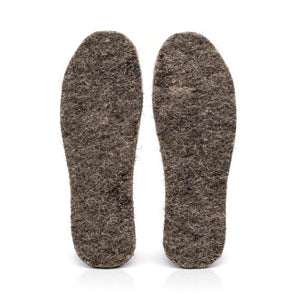What is a wooden garden line used for?
Well, a garden line is a fantastic low-tech tool that helps to measure out, mark and lay plant beds perfectly neatly. It's fantastically simple and ensures you can keep your vegetable garden neat without the use of any fancy technology, cogs or wheels!
Using a garden line will help you create a perfectly straight pathway - allowing you to dig and plant in a beautiful row. It'll also help keep you right - meaning you won't accidentally start digging too far off in one direction and disrupt your already existing seedlings.
What is a wooden garden line used for?
Well, a garden line is a fantastic low-tech tool that helps to measure out, mark and lay plant beds perfectly neatly. It's fantastically simple and ensures you can keep your vegetable garden neat without the use of any fancy technology, cogs or wheels!
Using a garden line will help you create a perfectly straight pathway - allowing you to dig and plant in a beautiful row. It'll also help keep you right - meaning you won't accidentally start digging too far off in one direction and disrupt your already existing seedlings.
For the perfectionists, it'll encourage your rows of veg to be parallel, no more wonky planting patterns - just row upon row of beautiful beds.
How do I use a garden line?
It's fantastically simple - you can use these garden lines to measure out your planting areas as well as keep rows straight.
To measure out your line:
- Place one stake into the ground, carefully unravel the jute twine ensuring it stays taught.
- Slowly walk to your desired end point.
- Place the other stake in the ground, ensuring the twine has remained taught throughout
- Voila, you have a perfectly straight line!
- If you're using the item to measure an area - you can pop a little marker on the twine, so you can repeat the process in the next location, ensuring the lines are the same length.
Why should I choose one made of wood?
Measuring lines can be made from all kinds of materials - ranging from natural materials such as our wooden garden lines, all the way to metal stakes and lines, as well as the very common plastic ones. However there's lots of things to think about when investing into a new gardening product and material choice is one of them.
If you're going to choose a garden line, it's important to factor things like sustainability, durability and what will happen at the end of it's life into your decision. By choosing wood, especially FSC certified wooden products you're ensuring the products you purchase are made from renewable and sustainable resources.
Another thing to think about is the amount of single, low-use plastic that is ending up in landfill and spilling into the oceans. Plastic pollution is one of the largest environmental issues facing our planet today, alongside waste in general. By choosing wood you're choosing a material that is entirely biodegradable and compostable - it never has to go to landfill as it can be chopped up and composted at home, or very easily recycled into another fantastic wooden product.
What other eco-friendly gardening tools are available?
Gardening tools are a great place to start if you're looking to make some like-for-like swaps to more environmentally conscious products! Although plastic and other non-sustainable options are really common there's plenty of fantastic eco-friendly choices available. To give you a helping hand we've come up with some examples:
- Swap your brittle plastic buckets out for robust metal ones - they're long lasting, tough as nails and look great too.
- Take a look at your gardening tools, if you spot any in need of replacing why not choose ones made of wood and metal, rather than ones with plastic handles?
- Don't settle for crack-able plastic pots and seed trays, when it comes to seedling season choose rubber pots and seedling trays, not only are they more sustainable, they're reusable too!
- When it comes to re-planting your hanging baskets, think sustainably and choose entirely metal hanging baskets with natural liners - instead of plastic upon plastic!
- Save yourself labour, as well as the environment by swapping out your plastic watering can for something like an Olla or a watering spike, not only will it save another plastic product from being made, it'll save you time in the long run too.






